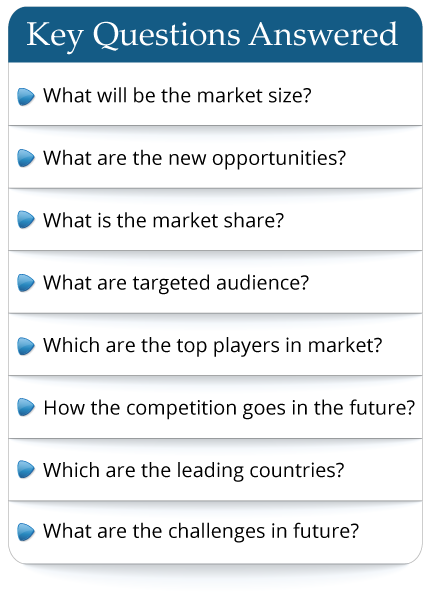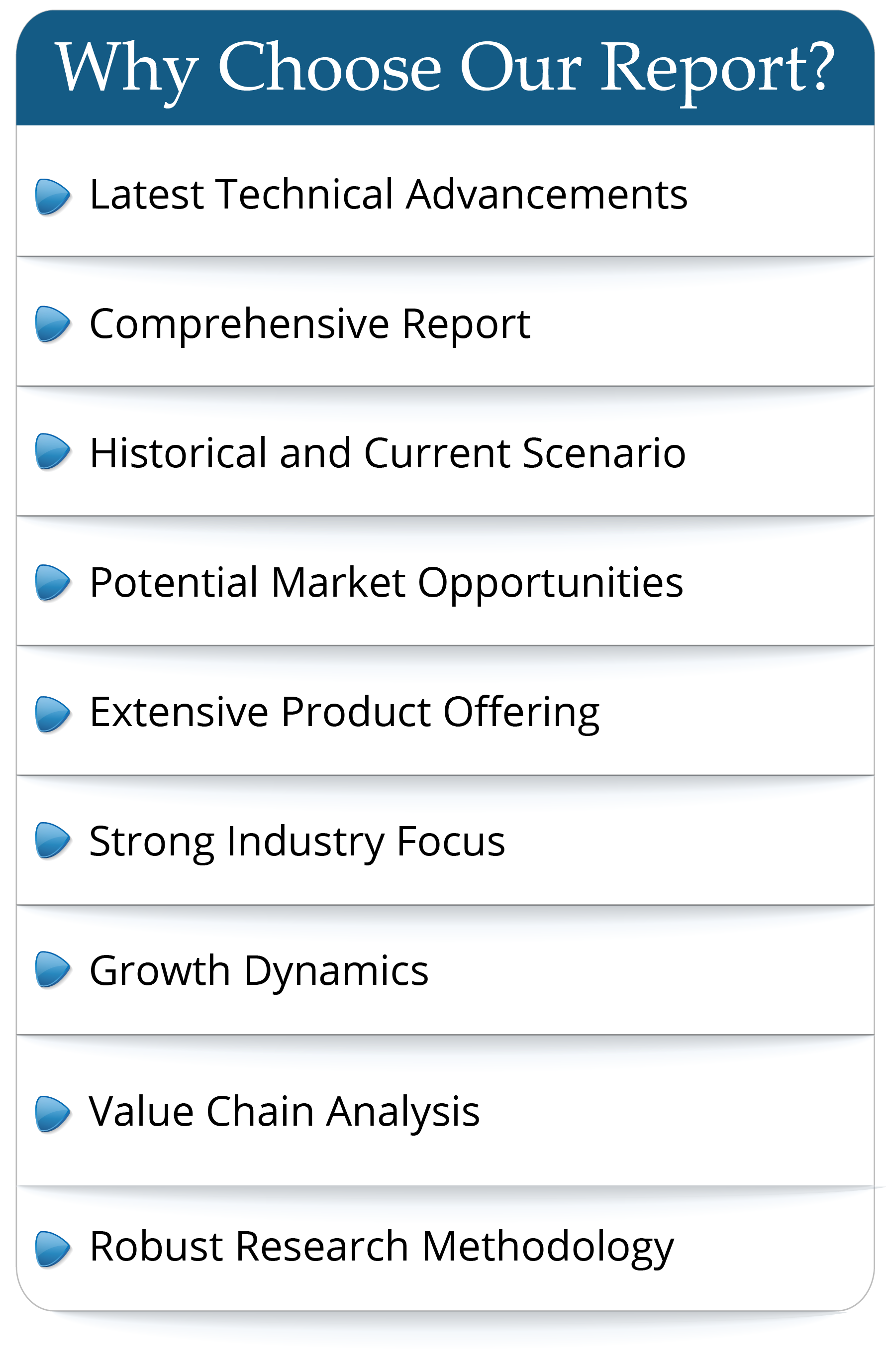Acute Myeloid Leukemia - Heat Map and Analysis
Summary
Acute Myeloid Leukemia (AML) is a rare but serious disease, and the most common leukemia suffered by adults. The first-line treatment in eligible patients is almost always intensive chemotherapy. Despite strong initial remission rates, relapse is common, and AML has the lowest five-year survival rate of all leukemias, at 25%. Efforts have been made to introduce novel therapies to the AML market, but its treatment has changed little in the last 40 years. However, a number of products are currently in late-stage development for the treatment of AML, both before and after the induction of remission and relapse.
This tabular heat map framework, designed to provide an easily digestible summary of these clinical characteristics, provides detailed information on all late-stage clinical trial results for products in the AML market and Phase III pipeline. These are split along therapy lines, and are therefore reflective of the treatment algorithm used in the clinic.
All safety and efficacy endpoints reported in these trials are displayed, for both the drug and placebo groups. In addition, key study characteristics such as the size, composition and patient segment of the study population are provided. These results are presented in a visually accessible, color-coded manner in order to maximize ease of use.
The accompanying text provides a detailed analysis of the clinical benchmarks set by the current market landscape, and the anticipated changes to these benchmarks, and to the treatment algorithm, as a result of the late-stage pipeline.
Scope
- What are the clinical characteristics of currently approved therapies for AML, in terms of specific safety and efficacy parameters?
- What are the key unmet needs in this indication, and which clinical safety and efficacy parameters are the most closely linked to them?
- A number of pipeline therapies are in the late-stage pipeline for the post-relapse setting, but do they have sufficient differentiating characteristics to make a strong impact on the market and clinic?
- Which line of therapy in AML stands to benefit most from the current late-stage pipeline?
- Will current pipeline targeted therapies be able to successfully enter the market for AML, or will chemotherapy remain the treatment modality of choice in this indication for the foreseeable future?
Reasons to buy
- Understand the current clinical landscape by considering the treatment options available for each patient segment.
- Visually compare the currently approved treatments available at each line of therapy, based on the most important efficacy and safety parameters tested in clinical trials.
- Assess the current late-stage pipeline, in terms of the likely positioning of each product and the implications for the clinical landscape at each line of therapy.
- Understand the relative strengths and weaknesses of the studies used to gather these data.
- Build up a nuanced understanding of the clinical benchmarks set by these products, and consider how the current late-stage pipeline will affect these benchmarks.
- Assess your own pipeline programs in light of these benchmarks, in order to optimally position them and maximize uptake by clinicians.
Summary
Acute Myeloid Leukemia (AML) is a rare but serious disease, and the most common leukemia suffered by adults. The first-line treatment in eligible patients is almost always intensive chemotherapy. Despite strong initial remission rates, relapse is common, and AML has the lowest five-year survival rate of all leukemias, at 25%. Efforts have been made to introduce novel therapies to the AML market, but its treatment has changed little in the last 40 years. However, a number of products are currently in late-stage development for the treatment of AML, both before and after the induction of remission and relapse.
This tabular heat map framework, designed to provide an easily digestible summary of these clinical characteristics, provides detailed information on all late-stage clinical trial results for products in the AML market and Phase III pipeline. These are split along therapy lines, and are therefore reflective of the treatment algorithm used in the clinic.
All safety and efficacy endpoints reported in these trials are displayed, for both the drug and placebo groups. In addition, key study characteristics such as the size, composition and patient segment of the study population are provided. These results are presented in a visually accessible, color-coded manner in order to maximize ease of use.
The accompanying text provides a detailed analysis of the clinical benchmarks set by the current market landscape, and the anticipated changes to these benchmarks, and to the treatment algorithm, as a result of the late-stage pipeline.
Scope
- What are the clinical characteristics of currently approved therapies for AML, in terms of specific safety and efficacy parameters?
- What are the key unmet needs in this indication, and which clinical safety and efficacy parameters are the most closely linked to them?
- A number of pipeline therapies are in the late-stage pipeline for the post-relapse setting, but do they have sufficient differentiating characteristics to make a strong impact on the market and clinic?
- Which line of therapy in AML stands to benefit most from the current late-stage pipeline?
- Will current pipeline targeted therapies be able to successfully enter the market for AML, or will chemotherapy remain the treatment modality of choice in this indication for the foreseeable future?
Reasons to buy
- Understand the current clinical landscape by considering the treatment options available for each patient segment.
- Visually compare the currently approved treatments available at each line of therapy, based on the most important efficacy and safety parameters tested in clinical trials.
- Assess the current late-stage pipeline, in terms of the likely positioning of each product and the implications for the clinical landscape at each line of therapy.
- Understand the relative strengths and weaknesses of the studies used to gather these data.
- Build up a nuanced understanding of the clinical benchmarks set by these products, and consider how the current late-stage pipeline will affect these benchmarks.
- Assess your own pipeline programs in light of these benchmarks, in order to optimally position them and maximize uptake by clinicians.
Frequently Asked Questions
This market study covers the global and regional market with an in-depth analysis of the overall growth prospects in the market. Furthermore, it sheds light on the comprehensive competitive landscape of the global market. The report further offers a dashboard overview of leading companies encompassing their successful marketing strategies, market contribution, recent developments in both historic and present contexts.
- By product type
- By End User/Applications
- By Technology
- By Region
The report provides a detailed evaluation of the market by highlighting information on different aspects which include drivers, restraints, opportunities, and threats. This information can help stakeholders to make appropriate decisions before investing.

 Pre-order Enquiry
Pre-order Enquiry Request Free Sample
Request Free Sample












